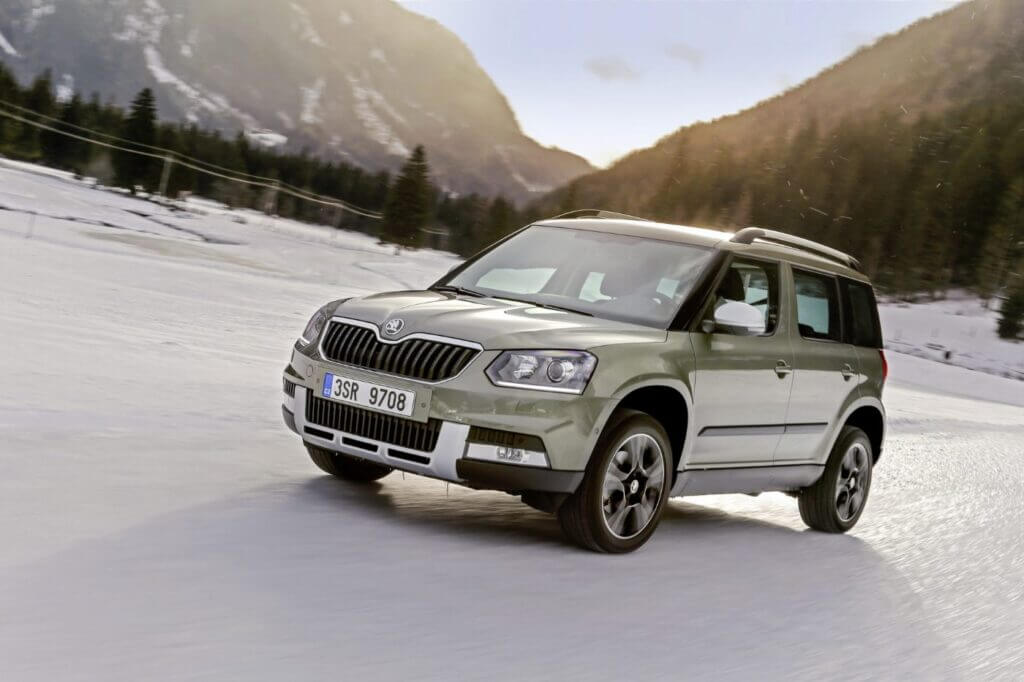Before driving in snow and on ice
Plan your journey
Planning your journey ahead of time will help you to factor in additional time to reach your destination to avoid routes which will likely be affected by adverse weather. It is also worth keeping up to date with local weather warnings which can provide more accurate information about the weather conditions in your area.
Check your tyres
Most tyres have wear indicators which show the minimum legal level of tread needed. If your tyres have little tread left, you may want to replace them sooner rather than later to ensure maximum grip which is vital in cold conditions.
If you live in an area which often experiences snow, it may be worthwhile considering investing in winter tyres which are specifically designed to provide more grip on snow and ice.
It’s also a good idea to check your tyre pressures at least every few weeks. This is best done when the tyres are cold. Tyres that are low or high in pressure won’t grip the road as well as they should. Most petrol stations should have an air machine where you can check how much air is in the tyres.
Check your lights
If the weather is particularly bad, you might find you need to use your headlights, even during the day. Before setting off you should check that your headlights and brake lights are in working order. If any of them are faulty, you not only risk endangering yourself but you could also face a fine and points on your licence.
Defrost windows and windscreens fully before driving off
Your car may take several minutes to demist in the morning, but taking the time to properly clear all the windows is crucial for ensuring you have a good view of the road ahead. Spending a few minutes properly clearing these will also prevent you from having to crawl along peering through a small clear patch of the windscreen as the car demists.
Check your windscreen wipers
In freezing conditions, wipers commonly freeze on the glass. Before switching the car on, make sure your wipers aren’t on as it can damage the wiper motor or rubber if they are frozen to the glass.
Worn wipers may fail to clear the windscreen effectively, dramatically reducing your visibility of the road ahead. Wipers are normally inexpensive and quite easy to change. If you’re not confident changing them yourself, many retailers such as Halfords will fit them for you.
Pack the essentials
It is always a good idea to pack some essentials in case of a breakdown. You can find lots of the essential items in ready-made winter car kits which can be purchased from many retailers. You could also create your own and include things like an ice scraper, de-icer, a torch, a hi-vis jacket, a warning triangle, a spare mobile phone or portable charger, warm clothes and a blanket.



